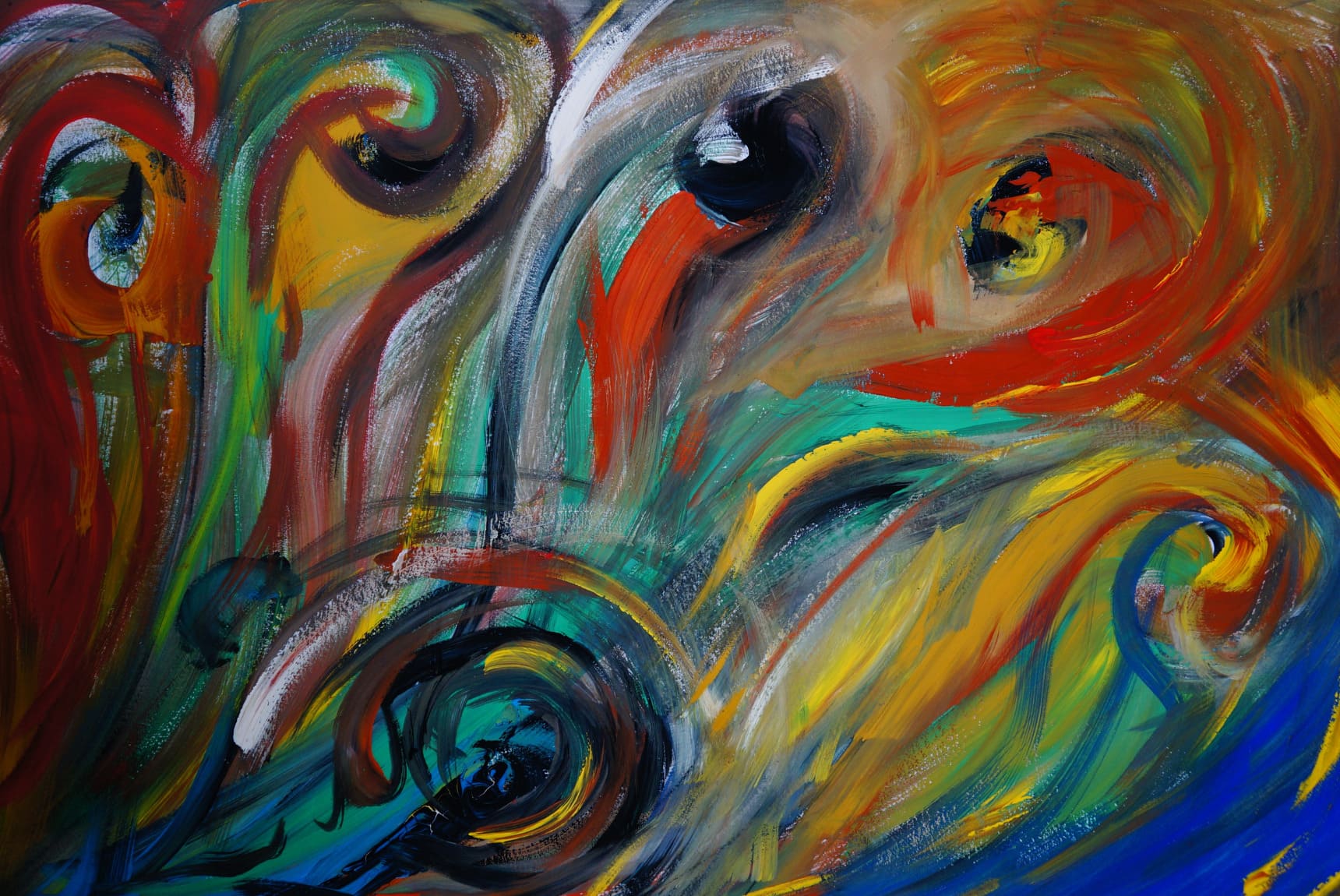Finding and developing your own artistic style and vision is a crucial step in establishing your identity as an artist. It's a journey of self-discovery, experimentation and continuous growth. This article will guide you through the process of cultivating a unique style and vision that reflects your individuality and creativity.
Understanding Artistic Style and Vision
What is Artistic Style?
Artistic style refers to the distinctive manner in which an artist expresses their ideas and emotions through their work. It encompasses the choices of medium, techniques, color palettes and subject matter that make an artist's work recognizable and unique.
What is Artistic Vision?
Artistic vision is the underlying message, theme, or perspective that an artist aims to convey through their art. It is the driving force behind an artist's work, shaping their style and guiding their creative decisions.
Steps to Develop Your Own Style and Vision<
1. Explore Different Mediums and Techniques
Experimenting with various mediums and techniques can help you discover what you enjoy and excel at. Try out painting, drawing, sculpture, digital art, photography and more to find your preferred medium.
Tips: Take classes or workshops to learn new skills. Don't be afraid to mix mediums and create hybrid art forms.
2. Study Art History and Contemporary Art
Understanding the history of art and current trends can provide inspiration and context for your own work. Study the styles and techniques of famous artists and analyze what resonates with you.
Tips: Visit museums, galleries, and art fairs. Read books and watch documentaries about different art movements and influential artists.
3. Analyze Your Preferences and Influences
Take time to reflect on the art that you are naturally drawn to. Identify common themes, subjects, and styles that inspire you. Consider how your personal experiences and interests influence your artistic choices.
Tips: Create a mood board or journal to document your preferences and inspirations. List your favorite artists and analyze what you admire about their work.
4. Experiment and Play
Give yourself the freedom to experiment and play without worrying about the final outcome. Allow yourself to make mistakes and learn from them. This process of exploration can lead to unexpected discoveries and breakthroughs.
Tips: Set aside time for regular creative play. Try out new techniques, materials, and concepts without the pressure of creating a finished piece.
5. Create a Consistent Body of Work
Consistency is key to developing a recognizable style. Focus on creating a series of works that explore similar themes, techniques or subjects. This will help you refine your skills and establish your artistic identity.
Tips: Set specific goals for your series, such as exploring a particular theme or mastering a technique. Evaluate your progress regularly and make adjustments as needed.
6. Seek Feedback and Critique
Getting feedback from other artists, mentors, and peers can provide valuable insights and help you improve your work. Be open to constructive criticism and use it as a tool for growth.
<p"p>Tips: Join art communities, attend critique sessions, and share your work on social media. Engage with others and be willing to give and receive feedback.p
7. Reflect on Your Artistic Journey
Regularly reflect on your artistic journey to understand how your style and vision are evolving. Take note of your progress, challenges and achievements. Use this reflection to stay true to your artistic voice and make intentional creative decisions.
Tips: Keep a journal or sketchbook to document your thoughts, ideas, and reflections. Review your work periodically to identify patterns and areas for growth.p
Developing your own style and vision as an artist is a lifelong journey of exploration, experimentation and self-discovery. By understanding your preferences and creating a consistent body of work, you can cultivate a unique artistic identity that reflects your individuality and creativity.

